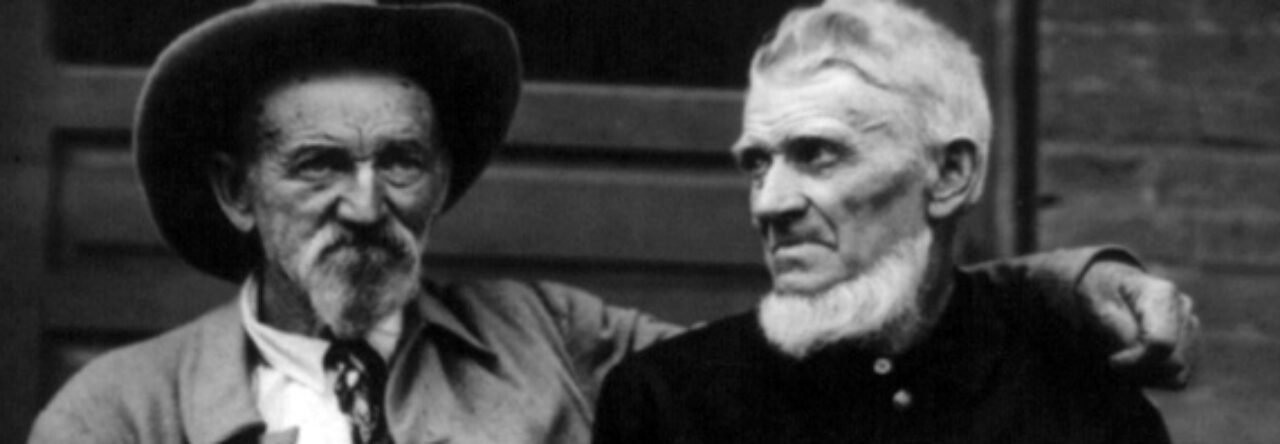Life & Family
Her parents died from yellow fever in 1878. Wells married Ferdinand L. Barnett in 1895 and had four children: Charles, Herman, Ida, and Alfreda.
Sources
As part of her campaign against lynching, Wells published several pamphlets, including Southern Horrors: Lynch Law in All Its Phases (1892), The Red Record: Tabulated Statistics and Alleged Causes of Lynching in the United States (1895), and Mob Rule In New Orleans: Robert Charles and His Fight to Death, the Story of His Life, Burning Human Beings Alive, Other Lynching Statistics (1900). The Ida B. Wells Papers are at the Joseph Regenstein Library, University of Chicago. Other important primary sources include Trudier Harris’ Selected Works of Ida B. Wells-Barnett (1991) and Miriam DeCosta-Willis’ The Memphis Diary of Ida B. Wells (1995). Her daughter, Alfreda M. Duster, published Her Crusade for Justice: The Autobiography of Ida B. Wells in 1970. Important secondary sources include Linda O. McMurry’s To Keep the Waters Troubled: The Life of Ida B. Wells (1998) and James West Davidson’s ‘They say’: Ida B. Wells and the Reconstruction of Race (2007).
Places to Visit
A historical marker is located on Beale Street in Memphis, Tennessee. This marker honors Wells’ work as editor of the Memphis Free Speech. After her paper published reports about the lynching of three African-American businessmen in 1892, her newspaper’s office was destroyed.
Images
While the Library of Congress Prints and Photographs Division has several images, only one is available for download at a high resolution. The New York Public Library Digital Gallery also has several images.


Leave a Reply